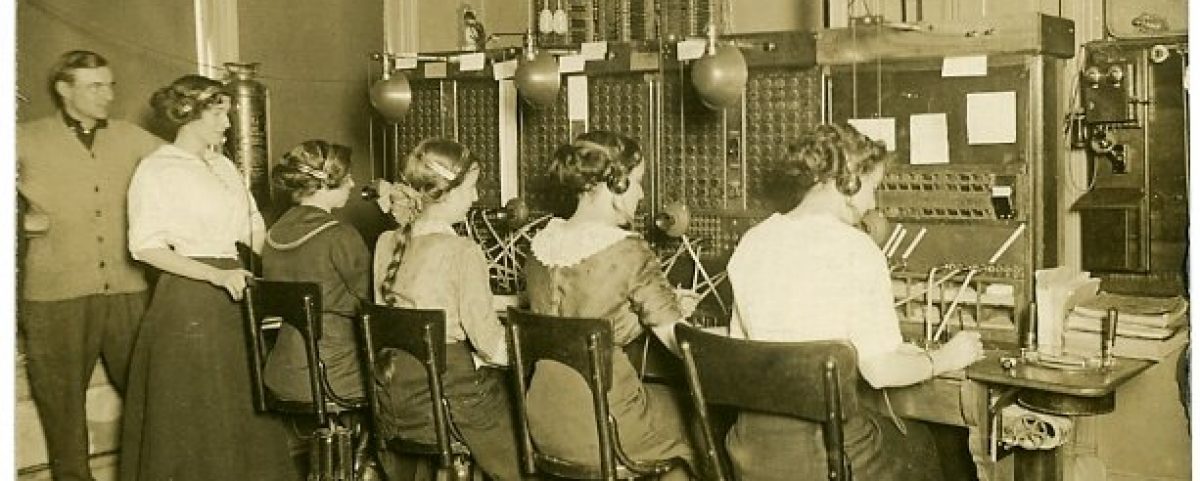
“The New York History Blog,” one of the newsfeeds we follow, shared a post a couple of years ago about attempts to celebrate the Empire State’s past through “history month.” Created by a 1997 law, the initiative resulted in some activities, but largely enthusiasm waned after a few years Bob Weible, the State Historian of New York, wrote.
Seeking to revive this movement, Weible has authored a number of columns, suggesting the matter be given thought as a method to show “appreciation for the value and power” of the State’s heritage. However, he examines some broader problems with the craft, in his essay. “[M]any of us have convinced ourselves that things are just fine the way they are . . . Often, we even assume that people outside our historical groups don’t know or care about history, just because they don’t join our societies or attend our conferences. That’s a mistake.”
He continues: “Most people like—even love—history and use it in their daily lives. History is not only interesting to people, it’s important. It’s the bad history teaching, the overly specialized and inaccessible writing, and the boring and uninspired programming that turn so many people off. There is, in other words, an enormous audience out there just waiting to work with us.”
New York State History Month doesn’t have to fade away, he suggests. “Let’s begin, not by figuring out how to make this initiative work for us, but how we can make it work for everyone. This means, to me at least, that we’ll need to work together with open minds, vision, and a renewed sense of public service to teach everyday New Yorkers that they can make history as well as celebrate it.” The State’s history “has more power than many of us recognize” and we can really make a difference,” he concludes.
I think there is something to this for those of us on Delmarva too, as we have opportunities to put a brighter spotlight on our county and state narratives and foster broader involvement in new, creative ways. These types of activities help bring us in contact with patrons beyond our traditional audience, making the past more accessible and creating new constituencies as we also reinvigorate the appeal of our message.
They have done something along these lines in one upper Shore county for many years. The Queen Anne’s County Historic Sites Consortium represents small historic sites depicting the county’s heritage. Members coordinate activities and have specially promoted days where all the sites, from the Chesapeake Bay to the Mason Dixon Line, open. As the Star Democrat noted in 2011, it provides an interesting and informative presentation for visitors as they learn about the county’s past.
It would be great if others on the Shore would do something similar, coordinate events and consider added ways to present the story.





